The new range-topping MY19 Nissan LEAF e+ with 62kWh battery pack released
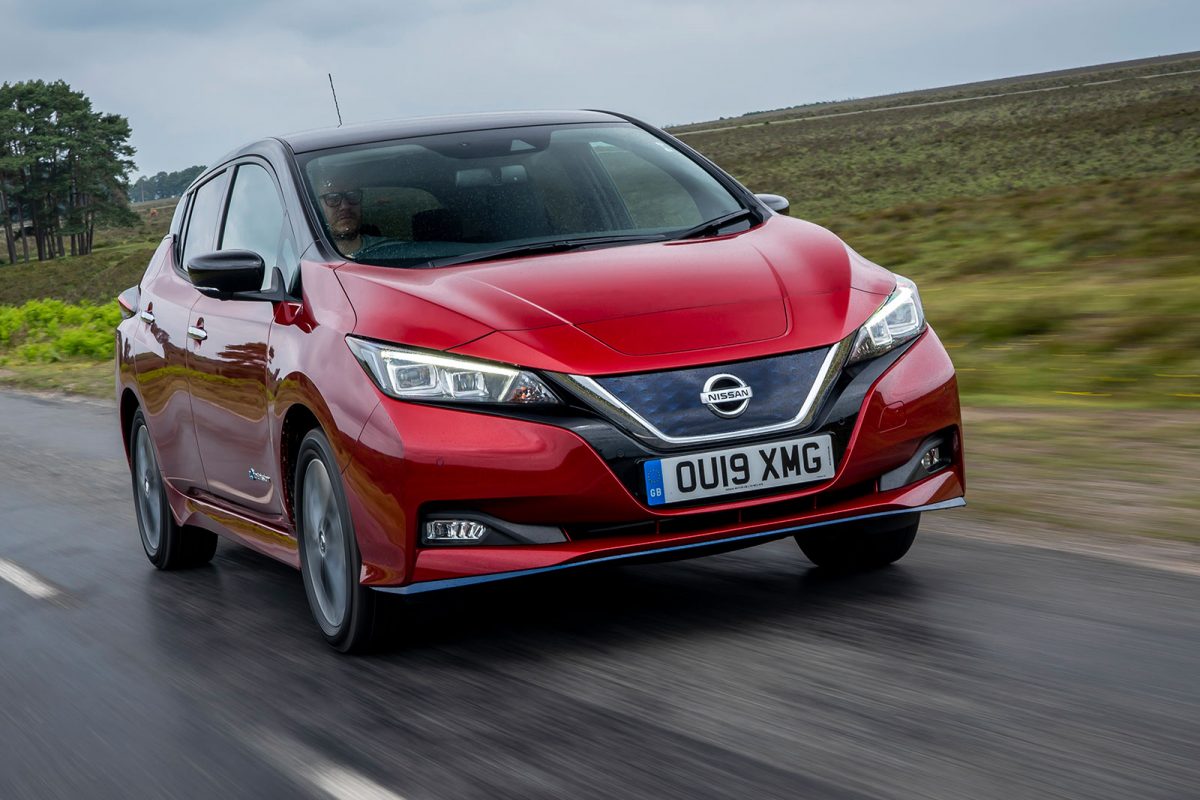
The new range-topping MY19 Nissan LEAF e+ has been released in Europe with 217PS of performance and up to 385kms of zero-emissions driving.
With its newly-developed high-performance lithium-ion62kWh battery pack the Nissan LEAF e+ offers 55% more capacity and approximately 25% improvement in energy density while retaining a similar shape and size to the 40kWh LEAF battery pack; all without compromising the vehicle’s exterior design and interior space. Other than a 5-millimetre increase in the car’s overall height (based on 16-inch wheels), the car’s dimensions are unchanged.
This has given the LEAF e+ a significantly increased driving range of up to 385kms (WLTP combined mode) on a single battery charge. Maximum power output and torque have been also improved to an impressive 217PS and 340 Nm, respectively, delivering more powerful acceleration performance.
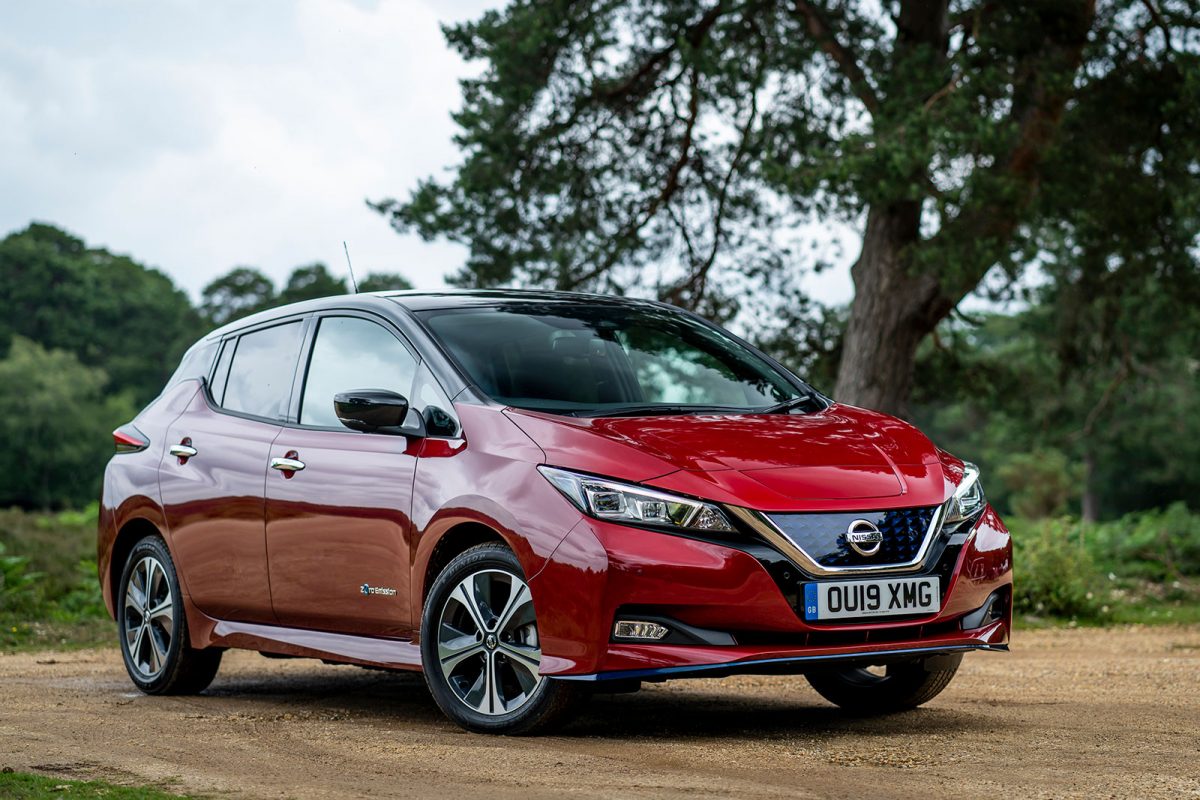
With the more powerful motor, acceleration from 80km/h to 120km/h is nearly 13% quicker. This allows the LEAF e+ to confidently pass slower-moving vehicles, exit corners faster and merge seamlessly with fast-moving traffic. The top speed (158km/h) has also increased from the 40kWh version by approximately 10%.
While the previous battery pack modules composed of eight laminated-structure cells, the new Nissan LEAF e+ uses a new battery module design that allows for cell modules to vary in number. The new battery module uses an innovative laser welding technique on the cell joints to reduce the overall length of the module. At the same time, by changing the number of lamination layers of the cell, an optimal module height that matches the shape of the vehicle can be achieved.
The combination of these technologies has made it possible achieve high energy density efficiently inside the battery pack.
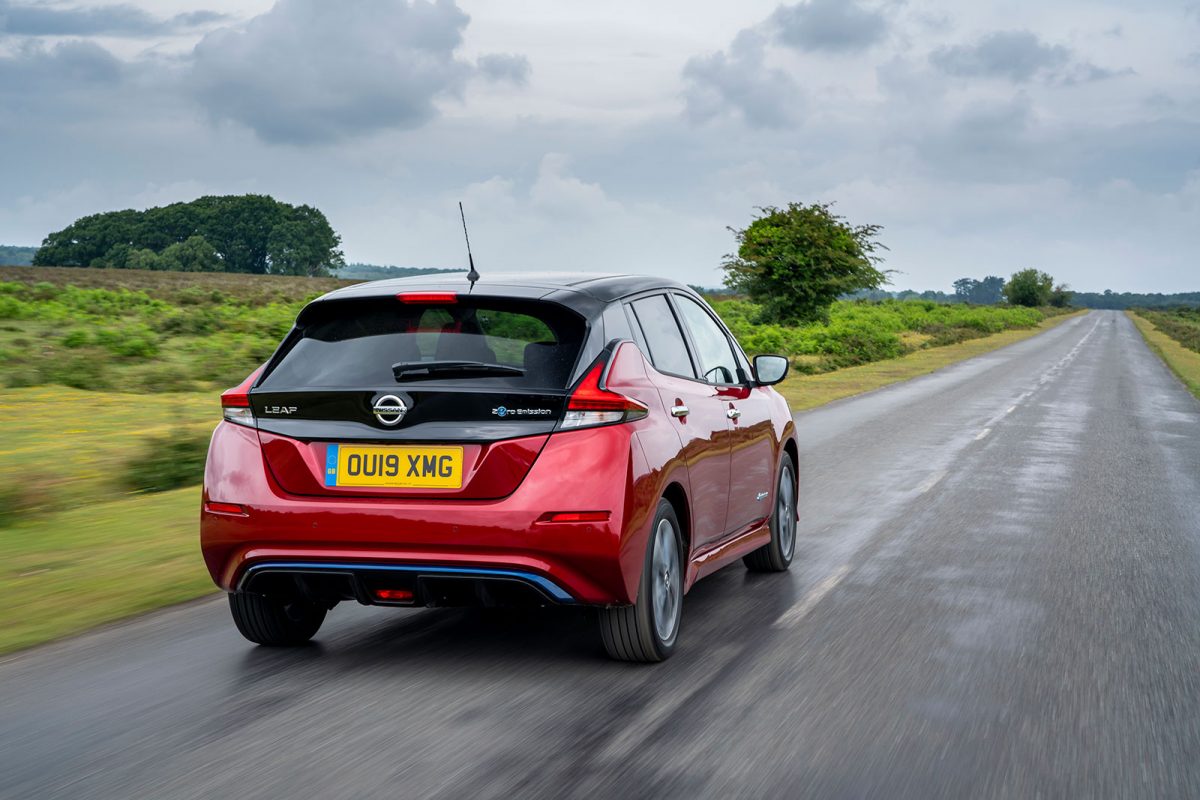
The key components for achieving this higher density and reliability are the ternary cathode material and laminated-structure cells (battery cells). Ternary cathode material, which has a layered structure, increases battery storage capacity by allowing lithium ions to be tightly packed (higher density).
Laminated-structure battery cells have a high level of cooling performance and a simple structure, saving space and reducing the overall size of the battery pack.
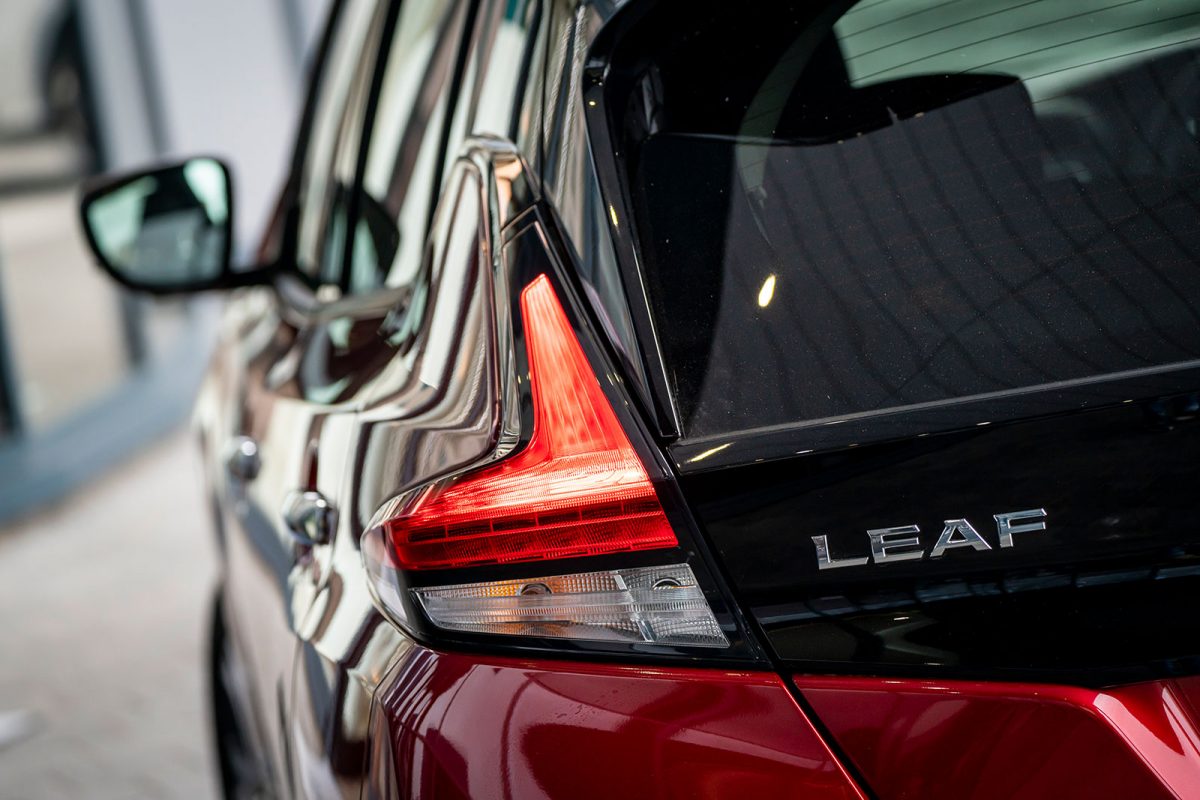
The LEAF exemplifies Nissan’s Intelligent Integration philosophy with an impressive array of connectivity services. All new LEAF versions come as standard with Nissan’s new NissanConnect infotainment system, with larger 8” touchscreen.
Features include Apple CarPlay® and AndroidAuto® allowing for seamless smartphone connectivity. Customers also benefit from an upgraded navigation system, which features TomTom LIVE premium traffic and route optimisation, as well as the inbuilt Online Map Update facility and Chargers Location functionality.
An all-new NissanConnect Services app comes as well with the new LEAF versions. With the app, users can send navigation routes from their smartphone to their car and from their car to their smartphones through the Door-to-Door Navigation facility, enabling an easier transition from navigation, to parking, and to final destination.
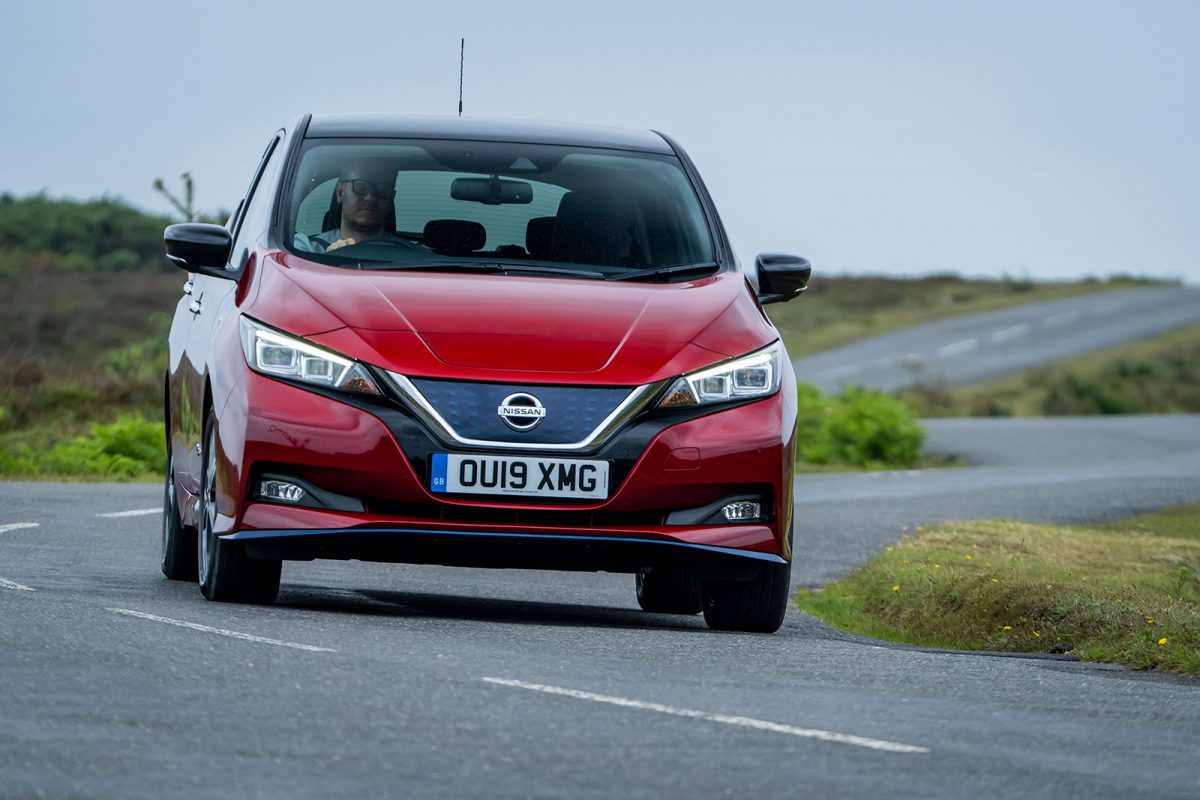
The Remote Climate Control functionality lets users pre-set air conditioning or heating while their LEAF is still plugged to the charging point, whilst information and analysis on trips and driving style can also be accessed from a smartphone.
The new LEAF also offers a number of different design options, with a total of 10 body colours and seven two-tone body and roof colour combinations allowing owners to give their LEAF a bold visual presence.
Fine-tuned since the launch of the original LEAF in 2011, an internal thermal management system is also installed in every LEAF, ensuring that fast charging performance is optimised for specific driving conditions. The system also ensures that the quality and longevity of the battery is maximised, giving customers peace of mind and high levels of performance.

The LEAF e+ is also equipped with ProPILOT advanced driving assistance technology as standard. ProPILOT is an advanced driving assistance technology which works on single-lane highways. A ‘hands-on, eyes-on’ system, it allows the car to stop, restart and stay centred in its lane in higher-speed cruising and lower-speed congested traffic scenarios. The technology reduces driving stress and fatigue, enhancing driver confidence behind the wheel.
Kalyana Sivagnanam, Managing Director, Nissan Motor (GB) Ltd. commented: “The Nissan LEAF is a fantastic car to drive, delivering instant power, rapid acceleration, and refinement thanks to its 100% electric drive train. With the additional battery capacity, the new LEAF e+ will enable our customers to go further than ever before with more confidence, excitement and connectivity.”
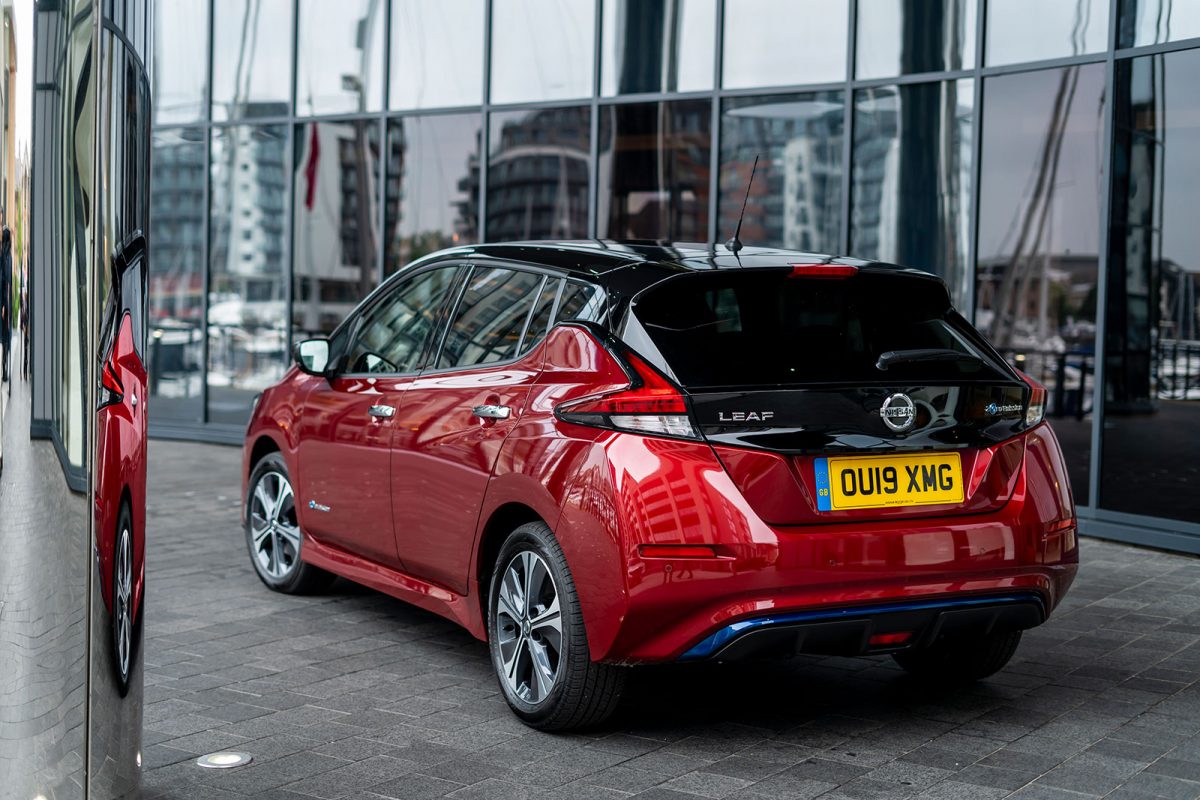
To date, more than 400,000 LEAFs have been sold globally since 2010, all without a single accident caused by battery issues. Stringent development tests are performed under all possible scenarios to confirm the reliability of Nissan’s battery technology. In addition to the goal of high reliability, Nissan batteries continue to advance in terms of energy density and durability.
LEAF e+ Technical Specifications:
| Battery capacity | 62kWh |
| Max. torque | 340 Nm |
| Max. engine power | 217 PS |
| Acceleration (0 – 100kmh) | 6.9 sec |
| Max. speed | 158 km/h |
| Kerb weight | min/max: 1709/1726kg |
| Luggage capacity (boot) | 405-litres |
| Range (WLTP combined cycle) | Up to 385 kms |
| CO2 emissions whilst driving | 0g/km |
| On-board charger | 6.6kW |
| Port for rapid charger (CHAdeMO type) | 50kW / 100kW compatibility |
| Battery Charging (6.6kW on-board charger, 32A wall box) from alert to 100% | 11.3 hours |
| Battery Charging (50kW Rapid Charger) from 20% to 80% | Around 90minutes* |
*Time dependent on charging conditions, including charger type and condition, battery temperature as well as ambient temperature at point of use. Indicated rapid charging time requires use of a CHAdeMO rapid charger. The Nissan LEAF is designed to support the majority of journeys in daily life and is equipped with charging safeguards to protect the battery during repeated rapid charging sessions in a short period of time. The time taken for successive rapid charging can take longer if the battery temperature activates the battery safeguarding technology.
Credit: Nissan
